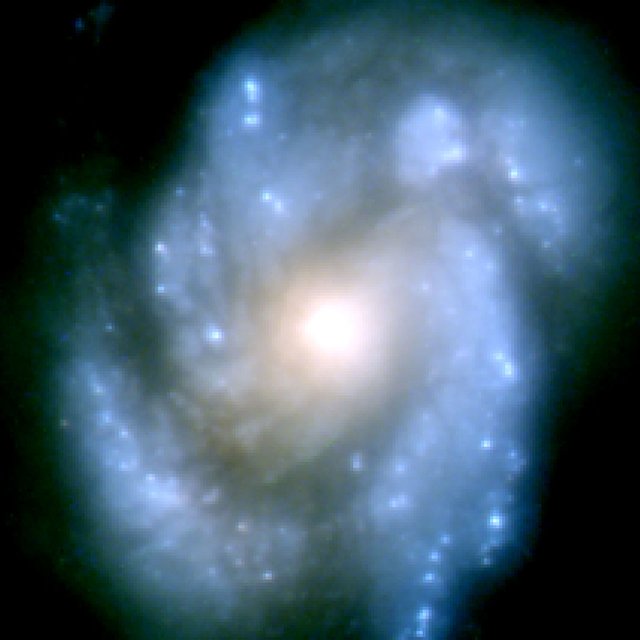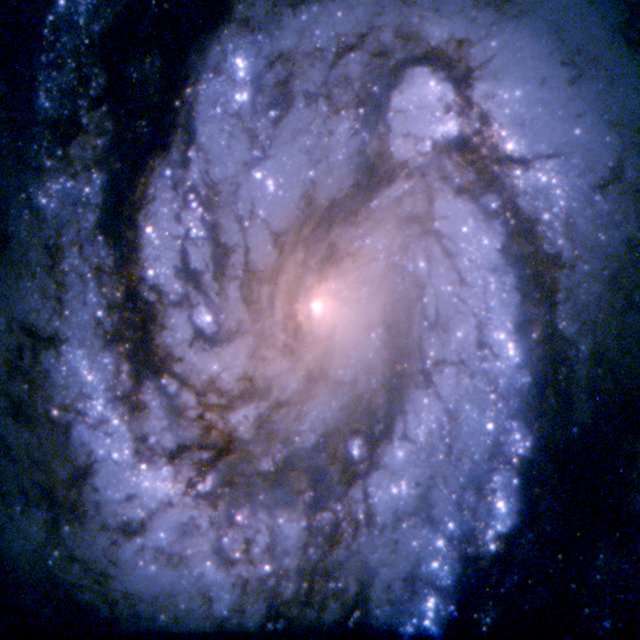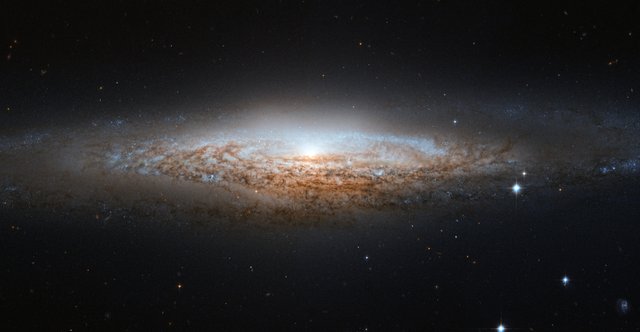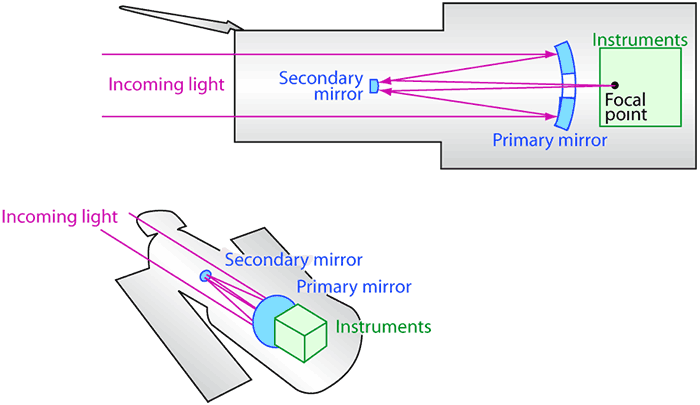The Hubble Space Telescope
The Hubble Telescope has existed since 1990s and is still used non-stop today.
The First Space Based Telescope
In 1990 the Hubble Telescope was launched. The Hubble telescope is named after Edwin Hubble, the guy who first figured out the universe is expanding at an increasing rate. He is often considered the most important astronomer of all time.
The Need for a Space Based Telescope
Astronomy can only progress so far with ground based telescopes. This is because of the atmosphere. The atmosphere blocks and distorts many wavelengths of electromagnetic radiation. This make smaller details hard to measure through the atmosphere. Many telescopes are built on mountaintops to decrease the amount of atmosphere that gets in the way, but that isn't always enough. Complex algorithms can mitigate some of the effects of the atmosphere, but, that does not help with wavelengths that the atmosphere completely blocks. A telescope must be built in space to measure any of these wavelengths.
Early Problems With the Hubble
Right when it was built the Hubble didn’t function properly. Scientists discovered a major optical defect. This defect was a spherical aberration. A spherical aberration is when there is something wrong with the geometry of the lens. They found out the problem was because they polished the edges of the lens too flat. They fixed this in 1993 by replacing the camera with one that was better suited to the shape of the lens.

source Before

source After
Major Discoveries
The Hubble has had a major part in a large portion of all discoveries about space. The telescope collects about 140 gigabits of data every week, more than anything a single human can sift through.
Hubble Constant
The Hubble had a major role in measuring the expansion of our universe. The original Edwin Hubble discovered it, but he had little data. The Hubble refined the Hubble constant through massive amounts of data available to Edwin Hubble. He originally got an estimate of about 500km/s/mpc. The most recent number puts the Hubble constant at 72 km/s/mpc. This means that within every mega-parsec (3 * 10^19 kilometers) space is expanding by about 72 kilometers a second.
Data on Dark Matter
The Hubble telescope has collected large amounts of data used to measure the effects of dark matter. The Hubble has been used to create 3d maps of dark matter more than once, and has provided insight on how it moves.
Recently after many measurements of collisions between galaxies measurements Hubble showed us dark matter interacted even less than most people thought. Dark matter seemed to just sped right through the collisions, without slowing down at all. This means that it most likely never physically collides with visible matter and interacts little with other dark matter. This could also mean instead of not interacting strongly with dark matter, dark matter could just be more spread out so its effects on itself are lessened.
How the Hubble Works
The Hubble telescope is a little more complicated than conventional telescopes. The Hubble uses two steps of mirrors, the primary and secondary mirrors. The light travels past the sides of the secondary mirrors, set in the middle of the telescope. Next the light hits the primary mirrors and bounces back to the secondary mirror. This secondary mirror focuses the light down onto the scientific instruments. This required extreme precision, they had to create a perfect curve with less than 1/800,000ths of an inch deviation. This means that if the mirrors would be blown up to the size of Earth, the tallest mountain would be no more than 6 inches tall. That is an insane amount of precision.
The light from those mirrors is reflected towards a very powerful camera. This camera has been replaced twice and is now the Wide Field Camera 3. The Wide Field Camera was installed in 2009 and will not be replaced. This camera is able to detect electromagnetic radiation ranging from ultraviolet to the wavelengths of light we can see. The Hubble uses dual channel cameras. One is the near infrared channel or the ultraviolet-visible channel. They can not use both at once as they are physically separated. The Hubble can adjust the mirrors to choose which one to use.
This telescope received its last servicing mission. This is because the James Webb telescope is being made to replace the Hubble. It's amazing how much the Hubble has done for us.


Greaet post, as usual ^^
About dark matter maps, I actually just read this 30 minutes before your post :)
woah I might write a post on that lol
Please do so! :)